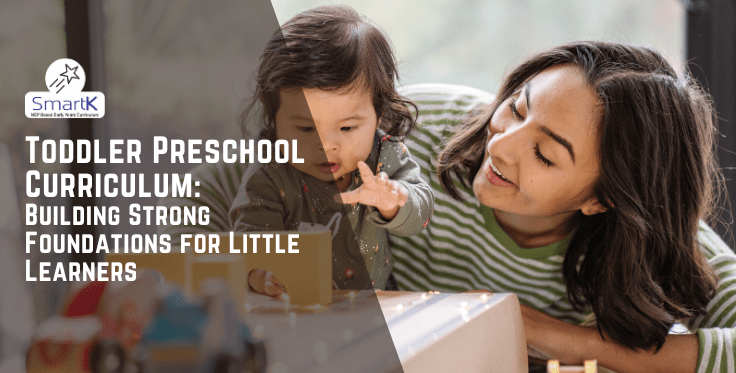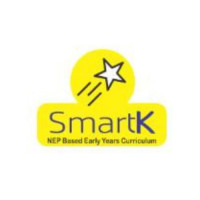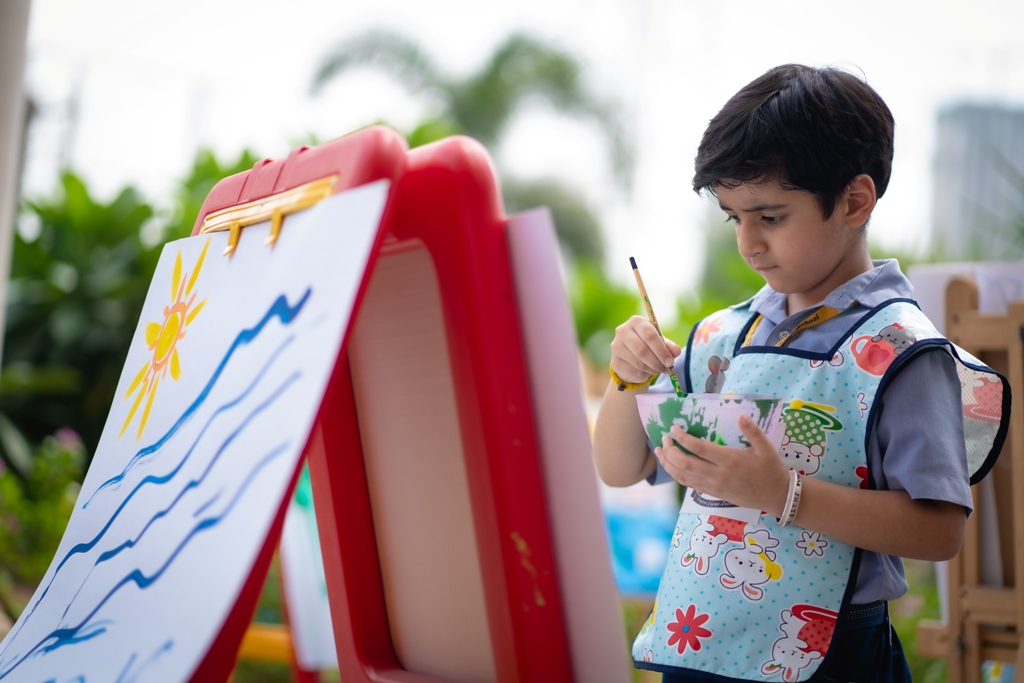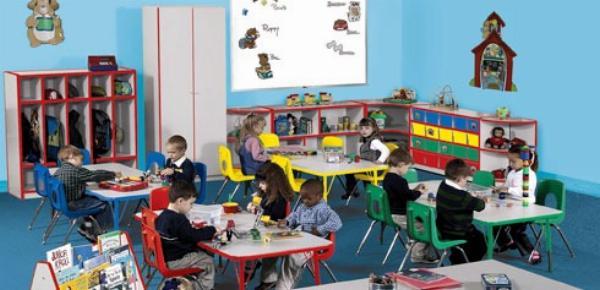How to Choose the Right Toddler Curriculum for Your Preschool

Strong 8k brings an ultra-HD IPTV experience to your living room and your pocket.
Selecting the right toddler preschool curriculum is one of the most important decisions preschool owners and educators can make. Toddlers, typically aged 1.5 to 3 years, are in a critical stage of development where the right learning experiences shape their social, emotional, cognitive, and physical growth. A well-designed curriculum lays the foundation for lifelong learning, helping children feel confident, curious, and capable.
In today’s competitive preschool market, having a thoughtfully curated and NEP-aligned curriculum not only improves learning outcomes but also boosts parent satisfaction and trust. So how can preschools ensure they are making the best choice?
Understand the Needs of Toddlers
Before selecting a curriculum, it’s essential to understand how toddlers learn. At this age, children learn primarily through play, sensory exploration, repetition, and observation. They are developing language skills, motor control, emotional understanding, and social behavior. The best toddler preschool curriculum should support these milestones with age-appropriate activities and routines that are simple, engaging, and developmentally aligned.
Look for Play-Based and Experiential Learning
Play is the heart of toddler learning. Any effective curriculum must be play-based, offering hands-on activities that allow children to explore, discover, and create. Whether it’s stacking blocks, listening to stories, finger painting, or singing rhymes, the learning should feel natural and joyful.
The toddler preschool curriculum should emphasize experiential learning—where toddlers learn by doing. Sensory bins, music and movement, nature walks, pretend play, and puppet storytelling are all valuable tools that promote holistic growth.
Ensure It’s Aligned with NEP 2020 and NCF 2024
Modern preschools must align with the educational vision laid out by NEP 2020 and NCF 2024. These frameworks emphasize foundational literacy and numeracy, play-based approaches, and socio-emotional development. When evaluating a curriculum, check if the content meets these national guidelines.
Preschools that follow an NEP-aligned curriculum not only meet compliance requirements but also stand out as quality-driven institutions committed to real learning.
Prioritize Flexibility and Easy Implementation
A strong toddler curriculum should be easy for teachers to implement. Look for structured weekly or monthly lesson plans, along with clear objectives and learning outcomes. Resources such as storybooks, activity cards, worksheets, flashcards, and assessment formats should be included to reduce teacher workload.
Teacher training modules, classroom setup guides, and progress tracking templates are valuable additions that support smooth implementation and consistent delivery.
Assess Curriculum Structure and Progression
The best toddler preschool curriculum should offer a clear structure and learning progression. It should gradually build skills in communication, motor development, sensory exploration, and social interaction. The activities must be adaptable for different learning styles and should accommodate the attention span of toddlers.
Curriculums that divide the year into themes—such as colors, seasons, animals, or family—offer predictability and variety, making it easier for children to relate and participate.
Include Social-Emotional Learning
Social and emotional development is a major focus in toddlerhood. The curriculum must include activities that help children understand emotions, develop empathy, and begin to manage behavior. Group activities, story-based discussions, and role-play are great ways to introduce these concepts.
Creating a sense of routine, safety, and comfort also fosters emotional security. Daily routines such as welcome songs, goodbye rituals, and structured playtime create a nurturing learning environment.
Check for Parent Communication Tools
Parents play a big role in reinforcing learning at home. Choose a curriculum that includes parent communication aids like newsletters, activity summaries, PTM templates, and home activity sheets. Keeping parents informed and involved not only supports the child’s development but also strengthens the school’s credibility.
Choose a Trusted Curriculum Partner
If you're looking for a reliable and NEP-compliant curriculum solution, SmartK School offers comprehensive toddler curriculum kits tailored for Indian preschools. Their program includes age-appropriate storybooks, activity cards, flashcards, worksheets, teacher manuals, and progress trackers—all aligned with national education goals.
SmartK’s toddler curriculum is designed by early childhood experts and is already trusted by hundreds of preschools across India. It simplifies teaching, enhances classroom quality, and ensures measurable learning outcomes.
Final Thoughts
Choosing the right toddler preschool curriculum is about more than just lesson plans—it’s about building a strong foundation for future learning. An ideal curriculum nurtures curiosity, creativity, and confidence while aligning with educational standards and being easy for teachers to deliver.
By selecting a well-structured, engaging, and NEP-aligned toddler curriculum, preschools can ensure meaningful growth for every child, build parent trust, and position themselves as leaders in early education. For a ready-to-use and impactful curriculum, explore the offerings from SmartK School
Note: IndiBlogHub features both user-submitted and editorial content. We do not verify third-party contributions. Read our Disclaimer and Privacy Policyfor details.







